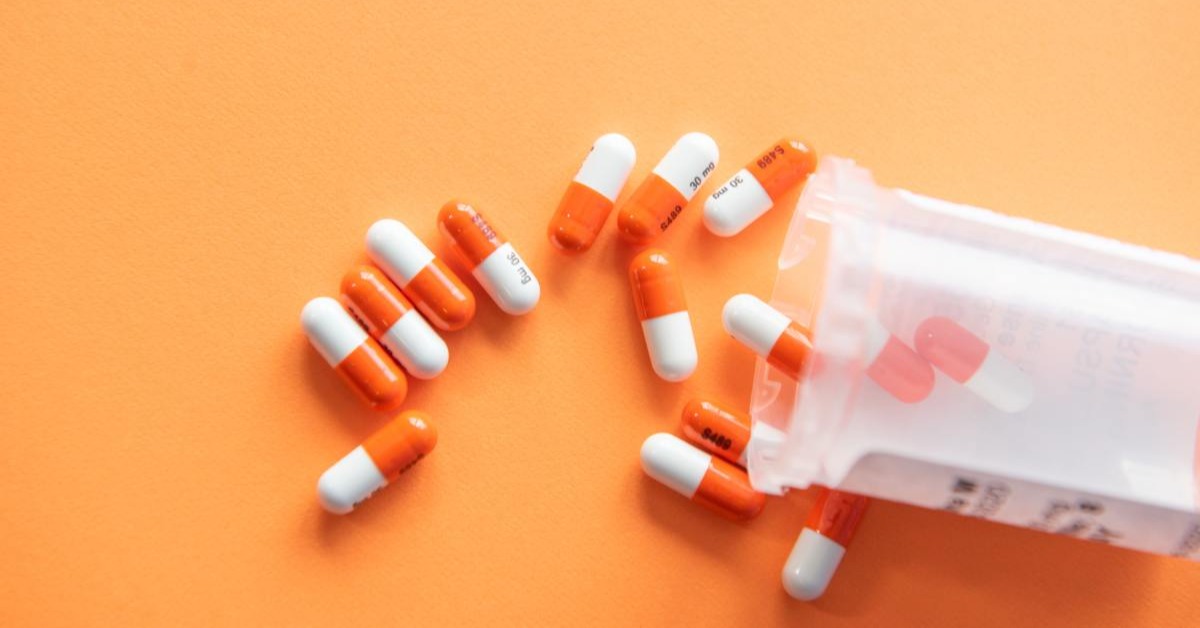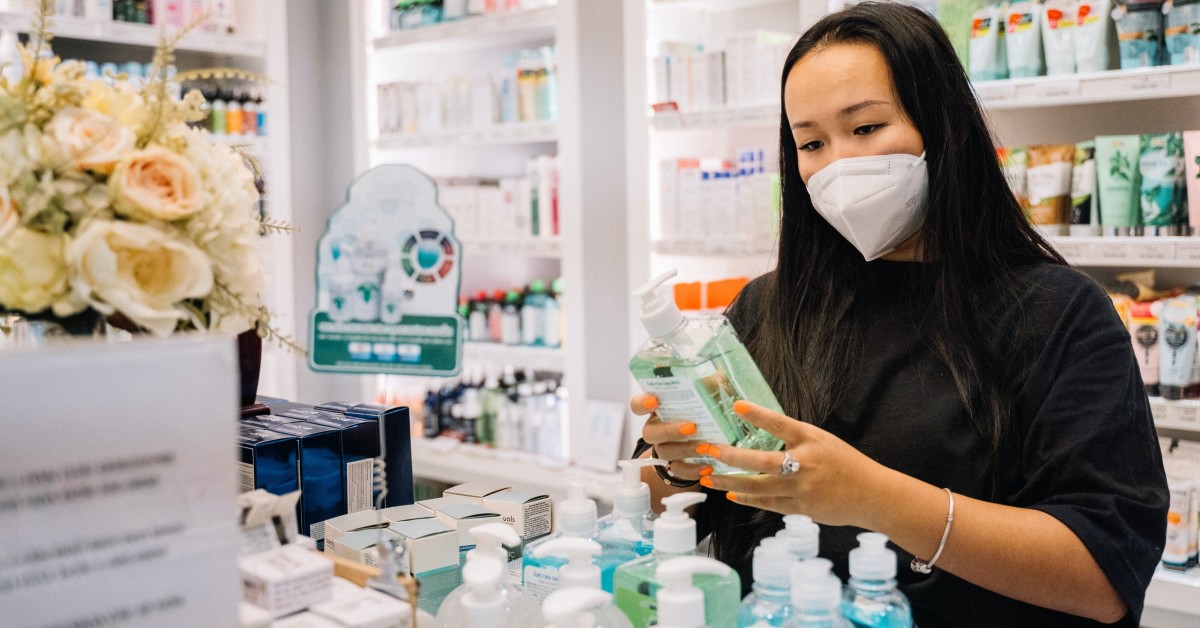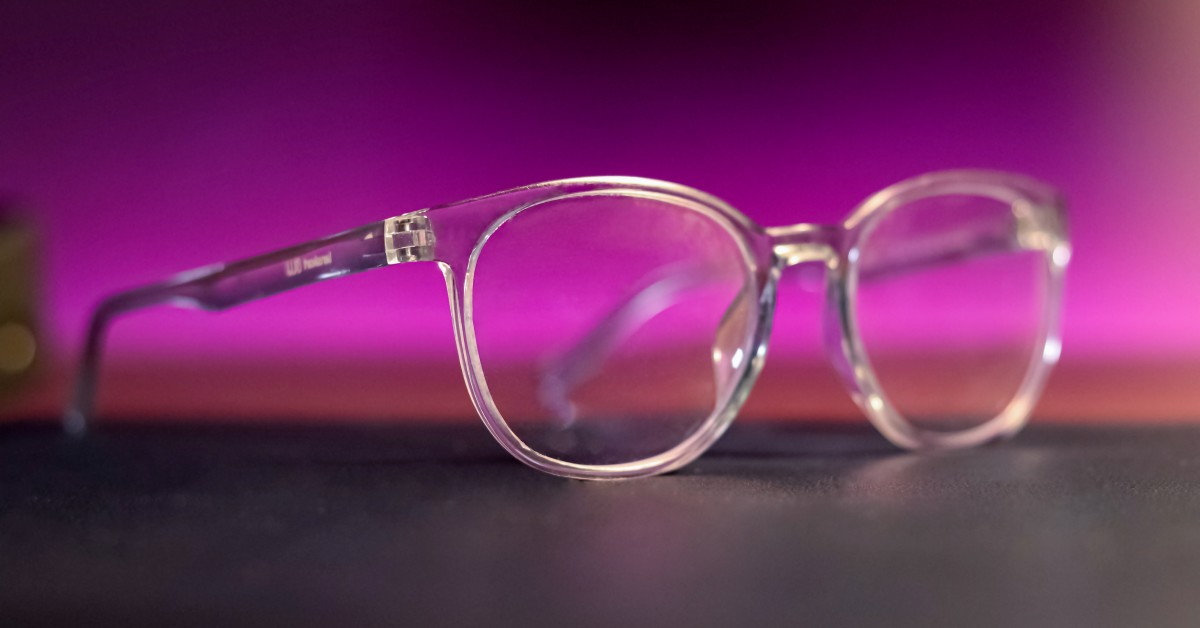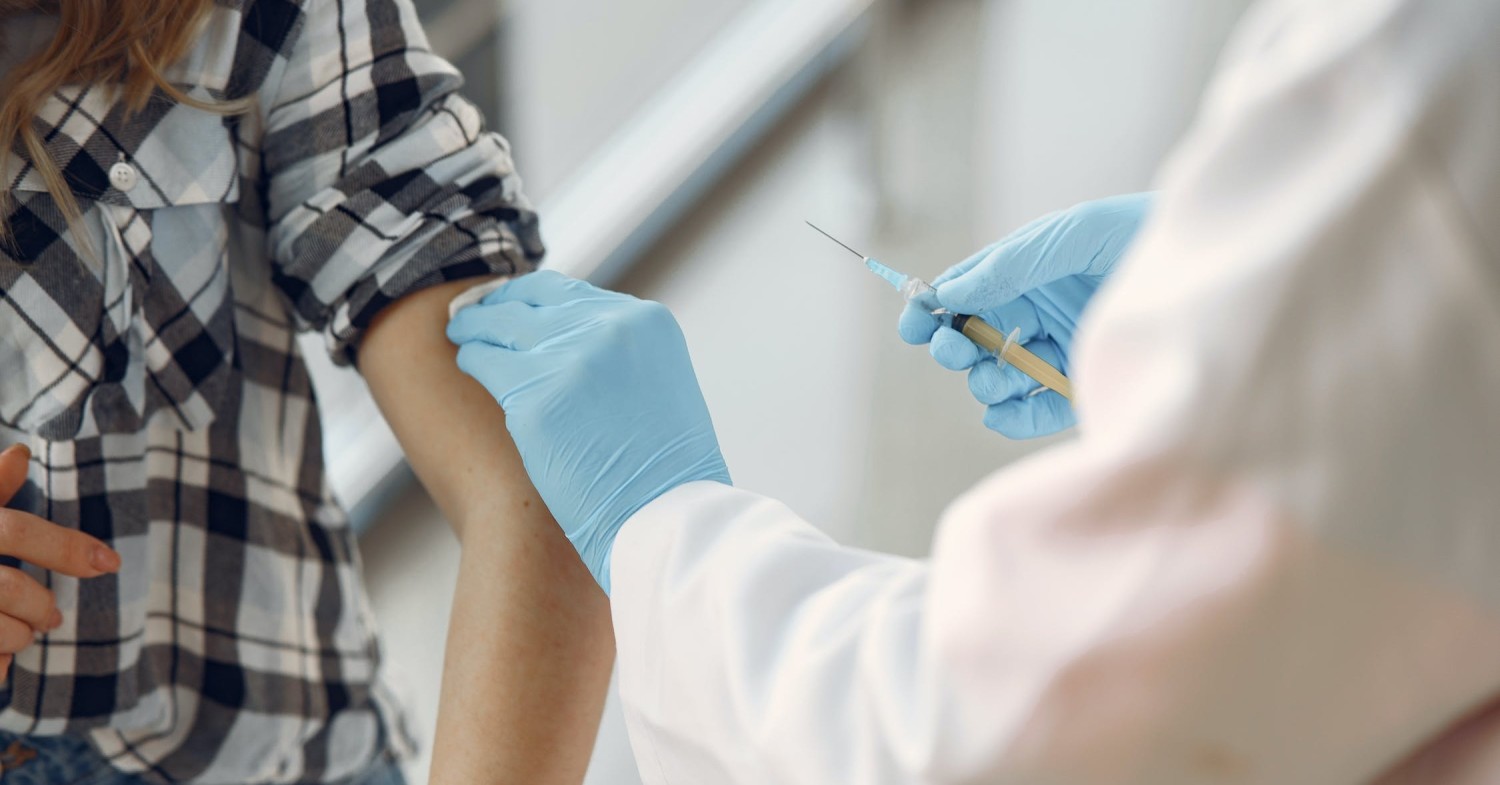
How to Become a Health Services Manager,and How Much $$$ You'll Earn Doing It.
On average, health services managers earn over $100,00 per year. [...]

Several hundred years ago, accredited pharmacy schools didn’t exist. According to an article in the Student Doctor Network, pharmacists used to spend years apprenticing before opening their own pharmacy. As the pharmaceutical industry has evolved and become rigorously regulated, pharmacist education requirements have changed drastically.
In the 1800s, the first colleges of pharmacy opened and pharmacy law became more defined and established. Today, licensed pharmacists spend years studying and taking tests to prove their competency. Professionals complete extensive coursework in pharmaceutical sciences, including drug therapeutics and advanced chemistry. Apprenticeships still exist as residencies and as a form of postgraduate continuing education. But, they are far different from the apprenticeships of old.
After learning all this, you may be wondering how do I become a doctor of pharmacy? This article covers everything you need to know if you’re thinking about applying, including:
Plainly put, you need to complete a PharmD program to become a pharmacist in the healthcare system, in settings like drug stores and hospitals. The program equips you with the skills and knowledge to pass the North American Pharmacist Licensure Exam (NAPLEX), which allows you to start practicing right away in most states. PharmD coursework typically lasts four years.
PharmD programs also prepare students for residency and fellowship programs, if they want to specialize further before starting to work. Residency programs provide two years of additional clinical rotations. The second year is spent specializing in areas like ambulatory care, cardiology, pediatrics, geriatrics, and oncology.
Fellowships are research programs and last one or two years. That said, if you want to pursue a more academically-focused research career, a PhD may be a better degree choice. Oregon State offers a combined program which allows graduates to earn a PhD and PharmD simultaneously.
First, make sure the Accreditation Council for Pharmacy Education (ACPE) has accredited your prospective college of pharmacy. Once you’ve done that, consider these factors:
Pursuing a PharmD means that you like helping people lead healthy lives. In addition to being concerned for the health of your fellow human beings, you must dedicate yourself to academics, especially at top programs. Remember, finishing a PharmD program requires immense commitment.
Pharmacy programs typically have extensive prerequisite course requirements, meaning you should carefully consider your undergraduate studies, if you’re in that stage of your education. Your school may offer a pre-pharmacy option, like Bradley University does. Pre-med is another good choice. A bachelor’s degree in biology, kinesiology, psychology, and biochemistry are other common majors. These options all have pros and cons, but the underlying theme is science. It’s possible to be admitted with a non-science major, but you’ll probably need to complete additional coursework.
There are a few professional programs (very few) that accept high school students—defined by the American Association of Colleges of Pharmacy (AACP) as 0-6/7 programs. Students spend their first years taking foundational courses then move on to pharmacy studies. St. John’s University only requires that applicants pass high school chemistry.
After completing a Doctor of Pharmacy program at an accredited school of pharmacy, you’ll need to pass the NAPLEX, assuming you don’t apply for a fellowship or residency. Studying for this exam can take a month or so, depending on your test-taking abilities and study habits.
This section explores what you’ll learn in a Doctor of Pharmacy. It should be taken as an overview, as there are differences between each program.
Pharmacy programs follow many of the same requirements as other graduate programs. Pharmacy students typically need to submit letters of recommendation, undergraduate transcripts, a personal essay, resume, and standardized test scores. One difference is they take the Pharmacy College Admissions Test (PCAT) instead of the Graduate Record Examinations (GRE) or Graduate Management Admission Test (GMAT). That said, schools are increasingly becoming test-optional.
Certain programs, like University of North Carolina at Chapel Hill, allow undergraduate students to apply. Though not the traditional 4+1 bachelor’s to master’s setup, this can be helpful for those who want to spend less time in school. However, you should expect to complete additional prerequisites.
Many graduate programs look for applicants with relevant professional experience, and pharmaceutical programs are among the most stringent. Working as a pharmacy technician can help you qualify for your desired program. Even if experience isn’t mandatory, schools like to see it. Students who have “previous health care patient experiences,” including volunteer work, internships, or a shadow program, do well at the University of Michigan – Ann Arbor.
One area that sets a pharmacy doctoral degree program apart from most other graduate programs is all of the prerequisites, including multiple hard sciences. Though the list can vary, you should expect to complete coursework (often multiple classes) in biology, physics, calculus, statistics, anatomy, and organic chemistry. Programs, like the one at the University of Michigan, may accept applicants who haven’t finished their coursework before applying or have excellent AP scores in a particular subject.
The traditional Doctor of Pharmacy curriculum combines foundational coursework with hands-on experience. You’ll spend a year or more completing pharmacology coursework that covers topics like drug delivery systems, patient care, and drug chemistry. After that, students begin to work in healthcare settings and gain real-world experience, working alongside practicing pharmacists, for instance. Programs traditionally reserve the final year for practical experience, but others incorporate it sooner—even after the first year. Students should expect to complete lab exercises and projects alongside their coursework.
You may be able to complete a dual degree program, such as the Oregon State PhD/PharmD one. Another common combination is a Master of Public Health and PharmD program. As a public health pharmacist, you can work in health policy and global health, according to the University of Minnesota – Duluth. These health care professionals may plan and implement widespread immunization campaigns, for instance.
Of the top five PharmD programs, only two allow students to specialize during their PharmD coursework. Students at the University of Minnesota can complete a mental health or research focus area. Students take two required courses and an elective starting in their second year of study for the mental health area. The research focus is more involved, with core coursework and several track options. If you’re not in a program with direct specialization opportunities, you may be able to focus your studies through electives or projects. Remember, specialization is more common during a postgraduate residency or fellowship.
According to US News & World Report rankings, top PharmD programs include:
This three-year program “will prepare you to thrive as a compassionate, team-oriented pharmacist with a keen scientific mindset.” Students spend two years building a knowledge base with an introduction to practical experience. The third-year is spent completing Advanced Pharmacy Practice Experiences (APPE). This full-time program is year-round, meaning you may spend more time in class (including summers), but you’ll spend less time overall than in a traditional program.
This top-five program does not require PCAT scores, which can be a huge relief for poor test-takers. You can even apply with an Associate’s Degree. Florida offers three professional certificate options to PharmD students in leadership, personalized medicine, and medication therapy. Earning a certificate can improve your standing as a pharmacist and help you become more specialized without pursuing a residency or fellowship.
UNC focuses on helping produce leaders by emphasizing “inquiry, research, innovation, and problem-solving.” Students gain a significant amount of professional experience, even by PharmD standards, starting professional experience after the first year. The final year is entirely experiential. According to the program website, 81 percent of graduates secure at least one of their top two position choices.
More programs are beginning to offer online or hybrid (part in person and online) PharmD options. Though not top five programs, two respected schools with online programs include:
Butler’s online PharmD “prepares students to be compassionate pharmacy practitioners who possess the knowledge and skills required as authorities on the use of medications, and who can apply pharmaceutical and biomedical science to the clinical application of drug therapy.” Students in the professional pharmacy program can decide to complete a Medical Spanish concentration, which qualifies them to help Spanish-speaking populations. The online program starts in fall 2022 and incorporates three immersion experiences on-campus.
Creighton offers a distance pathway to PharmD students; it includes both synchronous live classes and access to faculty through email and discussion boards. Students must visit campus to complete labs over the summer. You’ll do local clinical rotations at a location close to you.
(Last Updated on February 26, 2024)
Questions or feedback? Email editor@noodle.com

On average, health services managers earn over $100,00 per year. [...]

Becoming a pharmacist requires a good deal of schooling: a [...]

Pharmacy is not only a science; it's also a business. [...]

Admission to the US' 23 accredited Doctor of Optometry programs [...]

The highest paying pharmacists jobs are in-store pharmacist (average salary: [...]
Categorized as: Medicine, Nursing & Healthcare